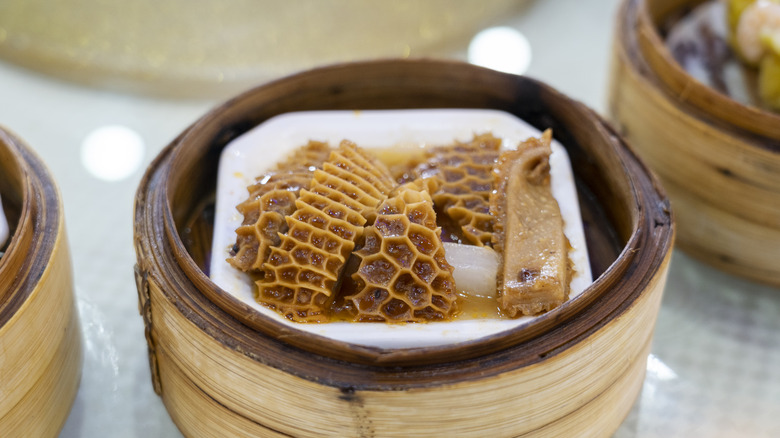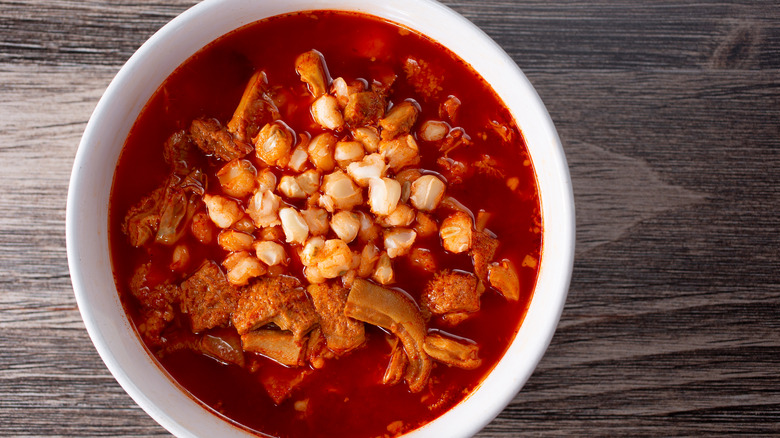What Gives Beef Tripe That Signature Honeycomb Texture?
Tripe, often overlooked and misunderstood, is a culinary delicacy that boasts a distinctive honeycomb texture. While it can be sourced from various animals, it is most commonly associated with beef. Beef tripe comes from the first three stomachs of a cow's digestive tract: the rumen, reticulum, and omasum. Honeycomb tripe is derived from the internal structure of the second stomach, the reticulum, a chamber responsible for collecting small particles of food and moving them through the system of stomachs. This lining is not just a random structure; it serves a vital purpose in the digestive journey of these animals.
The primary function of the beef reticulum is to aid in the breakdown of coarse and fibrous plant materials consumed by ruminants. The honeycomb lining promotes efficient particle separation, allowing larger indigestible materials such as stones or metal objects to sink to the bottom and avoid entering further into the digestive system.
The honeycomb structure also enhances the mechanical breakdown of the ingested food. As the reticulum contracts and relaxes, it creates a churning motion, further breaking down the food into smaller particles. These smaller particles then move on to the rumen, where microbial fermentation takes place, aiding in the extraction of nutrients from the plant material.
The honeycomb lining of the reticulum serves as a natural filter, preventing the passage of large or potentially harmful substances into the deeper digestive compartments. This not only safeguards the animal's health but also underscores the remarkable adaptation of ruminants to their herbivorous diet.
A cross-cultural delicacy
Tripe has earned a place on the tables of diverse cuisines globally, appreciated for its unique texture and versatility. The honeycomb pattern not only adds visual intrigue but also contributes to the texture, giving tripe a tender yet slightly chewy consistency. The texture is a key element in why tripe is beloved by those who appreciate its culinary qualities. That said, tripe is a hardworking piece of offal that must be cooked precisely in order to become appetizingly toothsome. Most often it is gently braised to soften it.
In Cantonese cuisine, tripe is braised with a raft of intense ingredients, including ginger, Shaoxing rice wine, garlic, and fermented bean curd, absorbing the rich flavors of the broth while maintaining its distinctive chewiness. In Italian cuisine, tripe is a star, especially when cooked Roman-style, which sees the tough organ lining slowly stewed with wine, tomatoes, and aromatics until tender and piquant. In Mexican cuisine, menudo, a traditional soup made with honeycomb tripe, showcases the meat's unique texture alongside a robust combination of spices and vegetables in a deeply savory broth.
The unique honeycomb pattern, born out of necessity for effective digestion, has elevated tripe to a culinary marvel enjoyed across diverse cultures. Whether savored in soups or stews, tripe's texture continues to captivate taste buds and intrigue food enthusiasts, proving that sometimes, the most unconventional ingredients yield the most extraordinary dining experiences.

